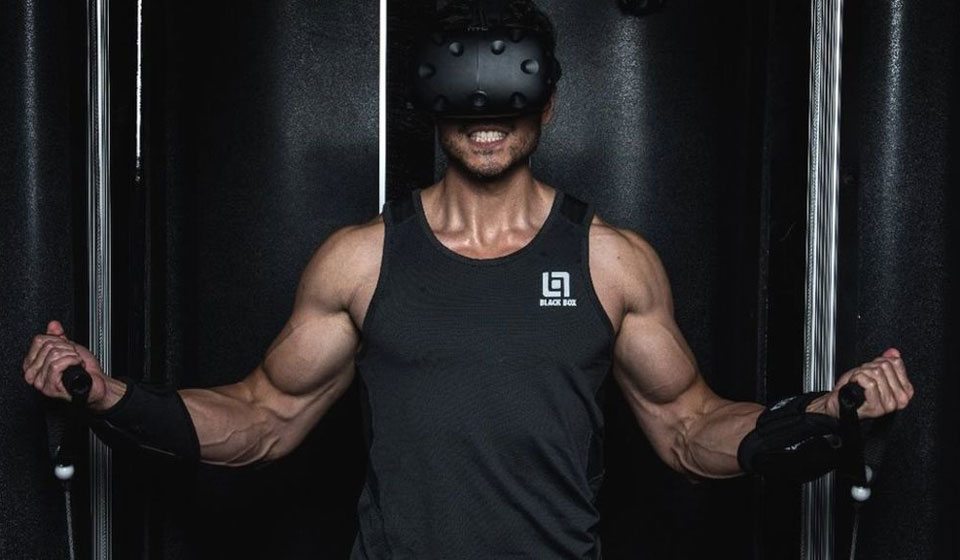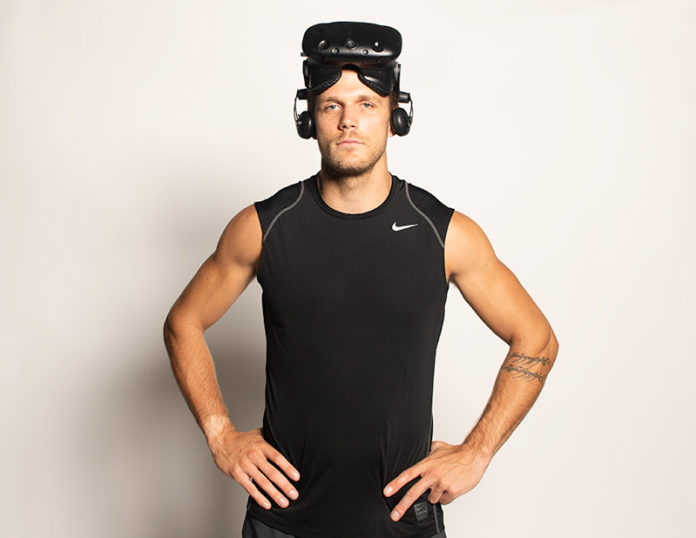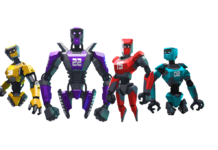Lately, coverage around the media has painted VR as a dying technology that — like Google Glass, or the Nintendo Wii — came along well before its time. Citing sinking sales numbers, retreating developers and a lack of content as the reason VR doesn’t deserve to be taken seriously, some groups are having a real go at VR — presumably for the sheer amount of attention they can drum up.
But if their readers took a closer look, the editorial “VR is a joke” angle would melt off pretty quickly.
As HTC pointed out in their blog post earlier this summer, the proof of VR’s future success as a mainstream technology actually lies in how many people already in VR feel like they’re getting their money’s worth — not in seasonal sales charts and analyst forecasts.
To clarify: There’s more than enough growth happening in VR to justify holding your breath.
And while I could tackle this argument from many different sides, in the spirit of VR Fitness Insider, I’m going to show you precisely why VR’s fitness utility can (and will) keep this VR industry cycle afloat if all other use cases were to magically and spontaneously cease their usefulness.
People Are Losing Weight Gaming In VR Today
It’s happening. It’s real. When I say this, I don’t mean that it’s the occasional freak story here and there.
VR gamers are coming out of the woodworks citing weight loss and increased fitness benefits from gaming in VR for prolonged periods. And it’s happening much more rapidly than it ever did for users of the Nintendo Wii. Almost every time we share a success story on social media, there are new success stories coming in from our commenters and fans — much faster than we can keep up with.
In fact, I started writing for VR Fitness Insider after coming out about my own weight loss journey.
And, guess what else? Your opinion on whether it’s happening or not doesn’t make it any less real.
Why? Because:
Tens of Billions of Data Points Tell Us That Playing Games In VR Obliterates Calories, Period.
It’s not too good to be true. Calorie burn is a fundamental, ontological function of playing games in virtual reality.
Fitness utility comes about when you move your body. Getting up off your seat to physically interact in a 3-dimensional space requires you to fire up your metabolism and burn calories. The mental trick of VR is that, if you’re immersed in a game, you might be burning calories for hours at a time.
But if a game is truly intense, playing it makes you sweat. Just like you’d sweat while playing sports. And, for that reason, intense VR gaming is taken seriously by NFL recruiters.
I mean, the science really comes down to this:
You need calories to burn in order to move your body enough to play VR games decently.
And moving your entire body eats more calories than moving just your thumbs and fingers.
When you play games in VR that raise your heart rate to 140, 150, 160 bpm or higher, your total calorie burn increases even more. In addition to the time you spend in-game, your heart needs to keep burning calories throughout the day to make up what you lose when you’re in VR.
At VR Fitness Insider, we maintain a strong culture of giving you up-to-date resources on how to heighten your heart rate and calorie burn potency even in games that aren’t particularly high-intensity. We provide workout plans. We talk about technology that helps you achieve more in VR.
But the science that I’m referring to isn’t even from VR Fitness Insider.
It’s from the VR Institute of Health & Exercise.
See, the VR Health Institute takes their statistics seriously. Much more seriously than I do, because I’m a humble writer and not a highly-specialized health scientist.
Where I tend to fall back on singular data points from my own Apple Watch S2 and anecdotes from my own experiences, the VR Health Institute tracks every single data point and every single experience from each of their testers over the course of years.
They also delineate data by metabolic equivalents rather than sole calorie burn, meaning that their research scales from person to person.
They’ve been using this process for over two years across nearly 32 games. Wanna know what they’ve come up with for the total number of calories burnt in Audioshield alone? As of the time of this writing, the number is 152,000,000+ calories across their tester base.
Again, that’s one game in two years. By the time you read this, that number will be higher.
Even If You Took Fitness Utility Out of The Consumer Equation, You’d Still Have Gyms
That’s where Black Box VR comes in.
 Let’s say everything I just told you were false; every person who’s ever reported weight loss and every data point that’s ever been used to build the science of metabolism were just some smoke blown to sell VR headsets to you.
Let’s say everything I just told you were false; every person who’s ever reported weight loss and every data point that’s ever been used to build the science of metabolism were just some smoke blown to sell VR headsets to you.
We’re going to assume that fitness utility simply does not and cannot exist outside of traditional gyms and traditional sports.
For all intents and purposes, the consumer market for VR is kaput.
In my scenario: Black Box VR, being a piece of adjustable gym equipment will, very shortly, infiltrate gyms across the U.S. and let people work out, with weights, in a gym setting. The consumer market will disappear and it won’t matter for the future of VR, because VR will still have pervaded the B2B gym industry without breaking a sweat.
But That Scenario Is Hypothetical Because There’s No Risk for the Consumer Segment to Speak of, and the Oculus Quest Proves It
What is the Oculus Quest? It’s practically an Oculus Rift without any tether to a gaming PC, and that alone is a huge deal.
But the reason people have been asking for standalone 6DOF without cables for so long isn’t just to not need expensive hardware in order to play in VR; it’s to be free of cables that take immersion out of highly physical gameplay.
And the fact that there is such pronounced demand for a VR device that doesn’t need any cables, is the final nail in the coffin for naysayers of VR’s fitness utility.
Why? Because that very demand stems from the sheer physicality of gameplay in VR.
When you talk about cables getting in the way of your VR experience, you are looking directly down the barrel of the smoking gun that VR is, in fact, a physical activity. Because if the activity required in playing a VR game were sedentary, you might not ever notice that the cables were there in the first place.
And what else do you know about physical activity? That it burns calories.
You’re admitting to VR’s fitness utility by asking for a cable-free VR headset.
And when you acknowledge that VR has fitness utility, you acknowledge that it has lasting power. You acknowledge that it has longevity far beyond its current cycle.
In other words, the cat is out of the bag.
Conclusion
VR is not dying. Without argument, VR is here to stay. As a technology, its uses go well beyond health and exercise. It’s helping solve isolation in elders. It’s creating opportunities for architects and engineers. It’s training new employees across the globe. And that’s just the beginning.
And, even though I don’t have a Black Box VR machine available to me right now, I still get resistance exercise whenever I throw on my weighted 40 lb vest and play Beat Saber, building on my original point that — ultimately — all standing or room-scale VR games necessitate some amount of exercise.
Yes, VR is used by gamers to lose weight every single day. Yes, the proof is in the pudding that the consumer market for VR only has room to grow vertically, as more consumers flood into it.
And yes, I am tired of the narrative that historically slow growth equates to no growth — or, more flippantly — an early death.
VR will not die while it has fitness utility, and despite that, I’m happy to have discovered it so soon.








